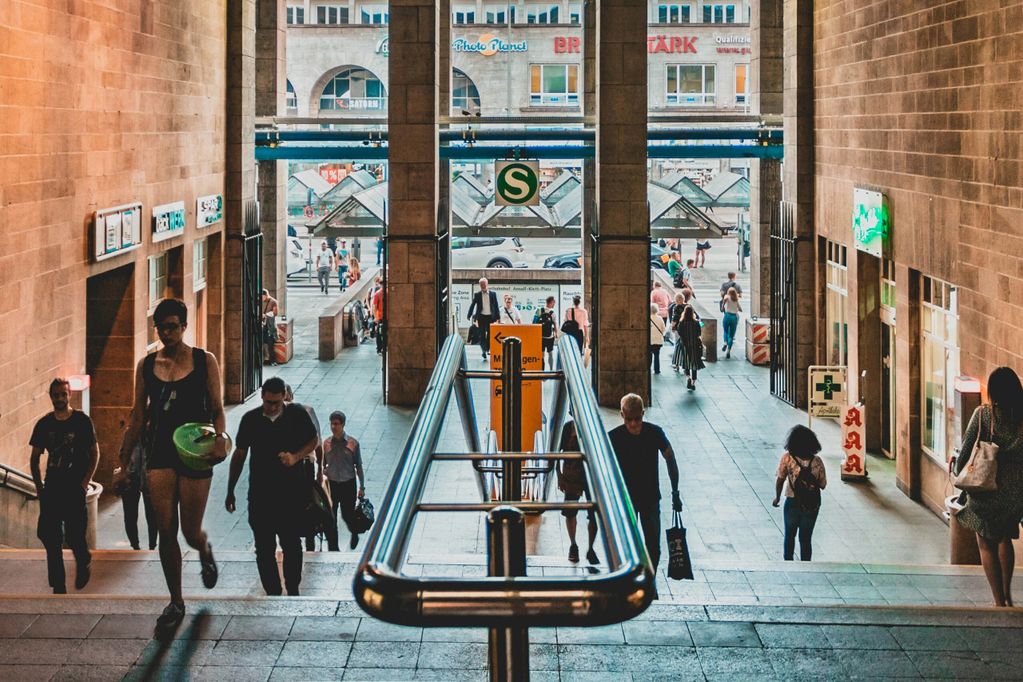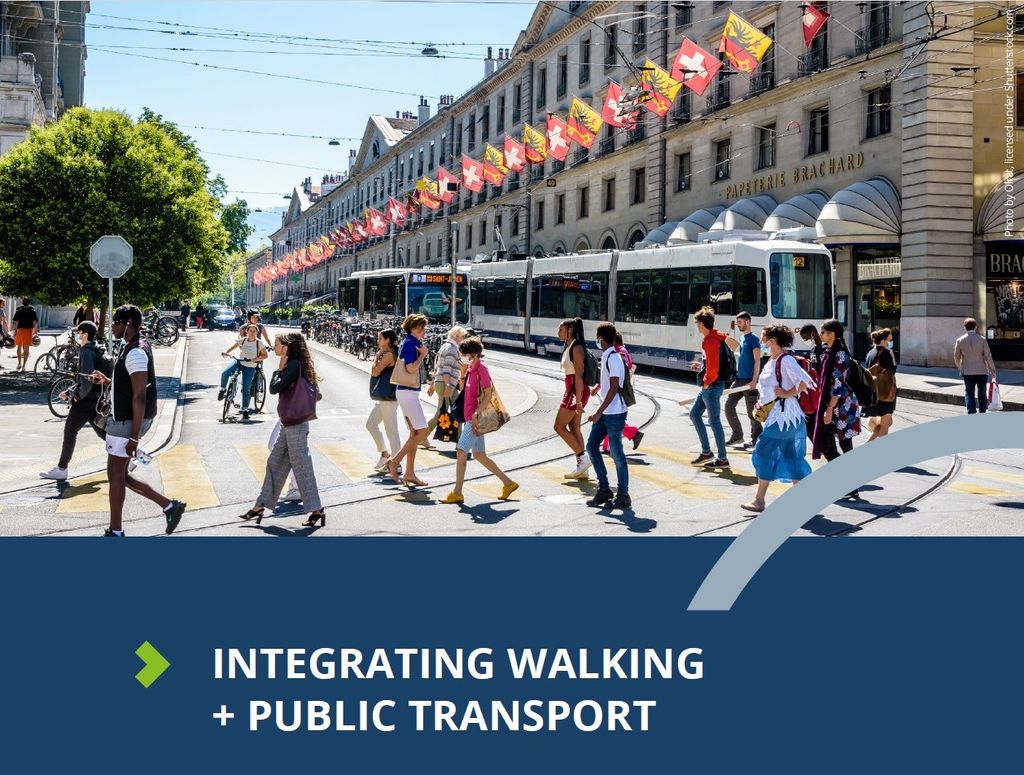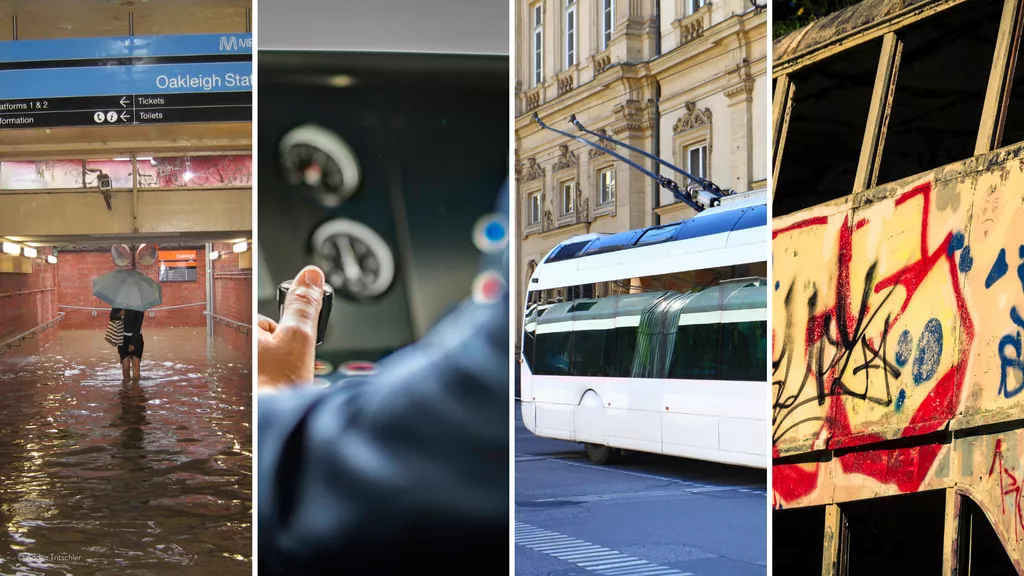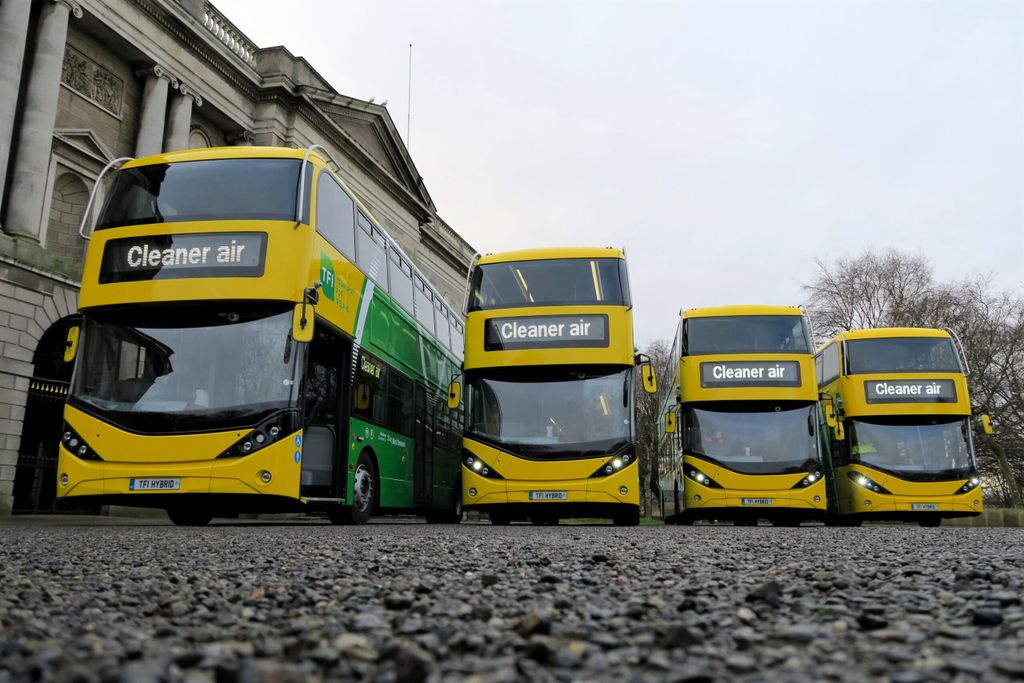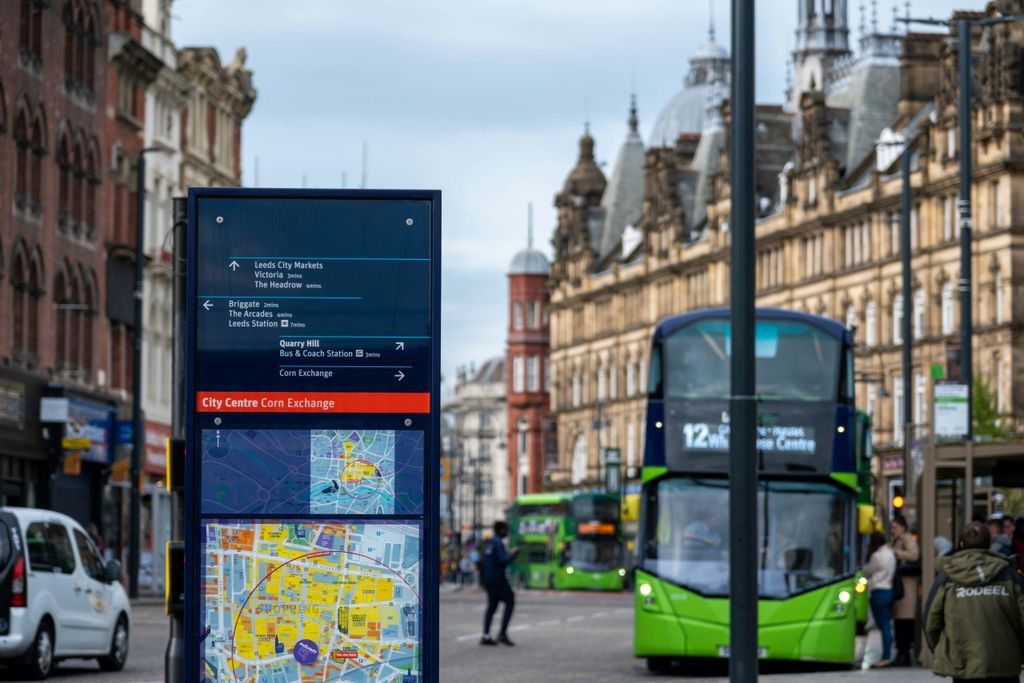

Blog: Series of Mini-Blogs from the Artificial Intelligence Society of Hong Kong (3)
Series Introduction
Artificial Intelligence (AI) is everywhere these days or at least everyone seems to be talking about it. Not a day goes by without the news of yet another breakthrough, yet another application where AI seems to outperform us humans.
It should come as no surprise then that people across industries wonder how much of an impact AI is going to have on their respective field and public transport seems to be no exception here.
While no one can tell for certain what will happen to AI research and application in the coming 5, 10 or 20 years, there certainly is a lot to be learnt from current developments.
When it comes to those developments there are a lot of interesting things to be said about how the face of public transport could and already is changing with the help of AI.
This series is meant to give a brief introduction to how, where and especially why AI can have an impact on public transport.
In previous blog posts we discussed that two of the keys to a good AI application are sufficient and relevant data as well as subject-matter expertise.
Let us throw another component into the mix: The nature of the task to be solved.Naturally, we might say complexity is an important factor. While that certainly can be (and often is) true there are cases were seemingly complex tasks can be mastered by an AI.
Think of AlphaGo playing the ancient game of Go better than even the best human players. How can AlphaGo be so good at something that is as complex as a game of Go and at the same time it would fail to accomplish other -much less complex- tasks?
Two explanations for this might be that:
1. Playing Go is a well-defined scenario with clear rules and moves.That is quite different for example from having a self-driving vehicle master a busy road in a snowstorm. The latter is much less well-defined and clear in its scenarios and outcomes.
and
2. Go can be neatly broken down into a series of steps or moves.

Go Game between AlphaGo and Lee Se-dol (professional Go player of 9 dan rank) in March 2016
Let us try to use the latter to determine if something can be automated by an AI or not. Can we take something (possibly quite complex) and break it down into a series of small steps that are each much simpler to accomplish than the overall challenge as a whole?
Surprisingly often that is the case and in those scenarios where it is possible, AI is already quite capable at mimicking humans.
How can computers for example interpret images and understand what is in them? In most cases, it is actually not one AI model that looks at the picture. Rather it is a hierarchical network of models that are each good at doing a very specific thing: Detecting faces, objects, sceneries, buildings, relationships between these things, etc. While the overall job to be accomplished might be too complicated for a computer to handle (for now), often, each individual mini-task can be completed successfully.
This of course begs the question: ‘Can the job I would like to automate successfully be broken down into many small serial or even parallel tasks’?
This question can only be answered on a case-by-case basis. The good thing is that it is especially tedious tasks that tend to be comprised of many repetitive sub-tasks where one step depends on the previous one. Those are excellent candidates for automation.
Where could all this be applied in public transport?
One example might be keeping transport stations secure through automated and intelligent access control and supervision.
Instead of thinking of this task as one big AI that registers passengers and regulates access, maybe it makes more sense to think of each step along the way:
1. Recognising individual passengers either through facial recognition or automated ticket processing.
2. Assessing access rights based on information we have about the individual passenger and their ticket.
3. Predicting intentions based on observed behaviour and prior knowledge.
4. Intelligently steering passenger flow at peak times.
We can see that the actual job at hand can quite neatly be broken down into subtasks, each of which is much easier to tackle by separate AIs that can then be combined into one effective unit.
A human specialist would then only be required to handle more complex cases whereas repetitive tasks can be taken care of by our AI.
Ideally, this would free up human resources that can then be applied to things which require the kind of cognitive input and reasoning that humans excel at.
exclusive resources

